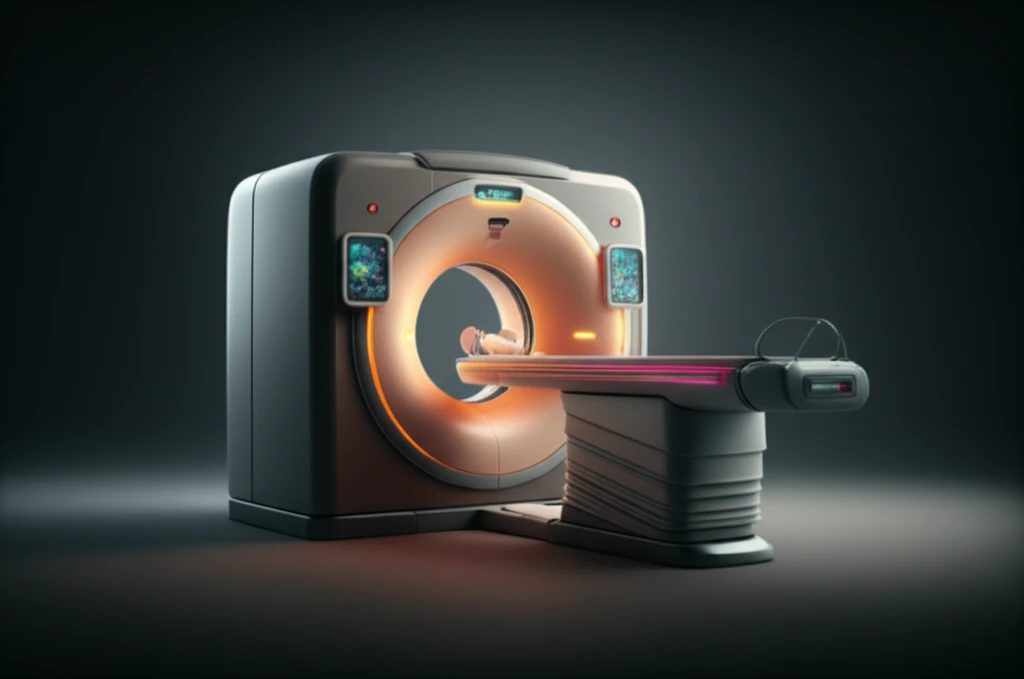
Uterine Cancer Breakthrough: Can Metabolic Scans Predict Survival?
"New research explores how PET/CT scans could revolutionize the way we understand and treat uterine carcinosarcoma, offering hope for more personalized care."
Uterine carcinosarcoma (UCS), a rare and aggressive form of uterine cancer, presents a significant challenge in gynecologic oncology. Often diagnosed at advanced stages, UCS is associated with poorer outcomes than other types of endometrial cancer. This has spurred researchers to seek more effective methods for early detection, risk stratification, and personalized treatment planning.
Traditional methods for assessing prognosis rely heavily on surgical staging, which is invasive and may not be feasible for all patients, particularly those with significant comorbidities. This creates a need for non-invasive tools that can provide valuable insights into the aggressiveness of the tumor and guide treatment decisions before surgery.
Now, a spotlight shines on the potential of metabolic imaging, specifically using 18F-fluorodeoxyglucose (18F-FDG) positron emission tomography (PET)/computed tomography (CT), to fill this gap. By measuring metabolic parameters like maximum standardized uptake value (SUVmax), metabolic tumor volume (MTV), and total lesion glycolysis (TLG), researchers aim to gain a deeper understanding of tumor behavior and predict patient outcomes.
Metabolic Scans: A New Hope for Predicting Uterine Cancer Outcomes?

A recent study published in the Journal of Gynecologic Oncology delved into the prognostic value of metabolic parameters derived from preoperative 18F-FDG PET/CT scans in patients diagnosed with UCS. The study retrospectively analyzed data from 55 eligible patients who underwent preoperative PET/CT and surgical staging. Researchers focused on measuring SUVmax, MTV2.5, and TLG2.5 of the primary tumors, using a standardized SUV threshold of 2.5.
- Maximum Standardized Uptake Value (SUVmax): Reflects the highest concentration of 18F-FDG within the tumor, indicating the most metabolically active areas.
- Metabolic Tumor Volume (MTV): Measures the total volume of metabolically active tumor tissue above a certain SUV threshold.
- Total Lesion Glycolysis (TLG): Represents the overall metabolic activity of the tumor, calculated by multiplying MTV by the average SUV within that volume.
The Future of Uterine Cancer Treatment: Personalized Approaches
While further research is needed, this study highlights the potential of metabolic imaging to refine risk stratification and personalize treatment strategies for women with UCS. By incorporating MTV and TLG into preoperative assessments, clinicians may be able to make more informed decisions about surgical approaches, adjuvant therapies, and surveillance strategies. This research paves the way for a more tailored and effective approach to combating this challenging disease.
